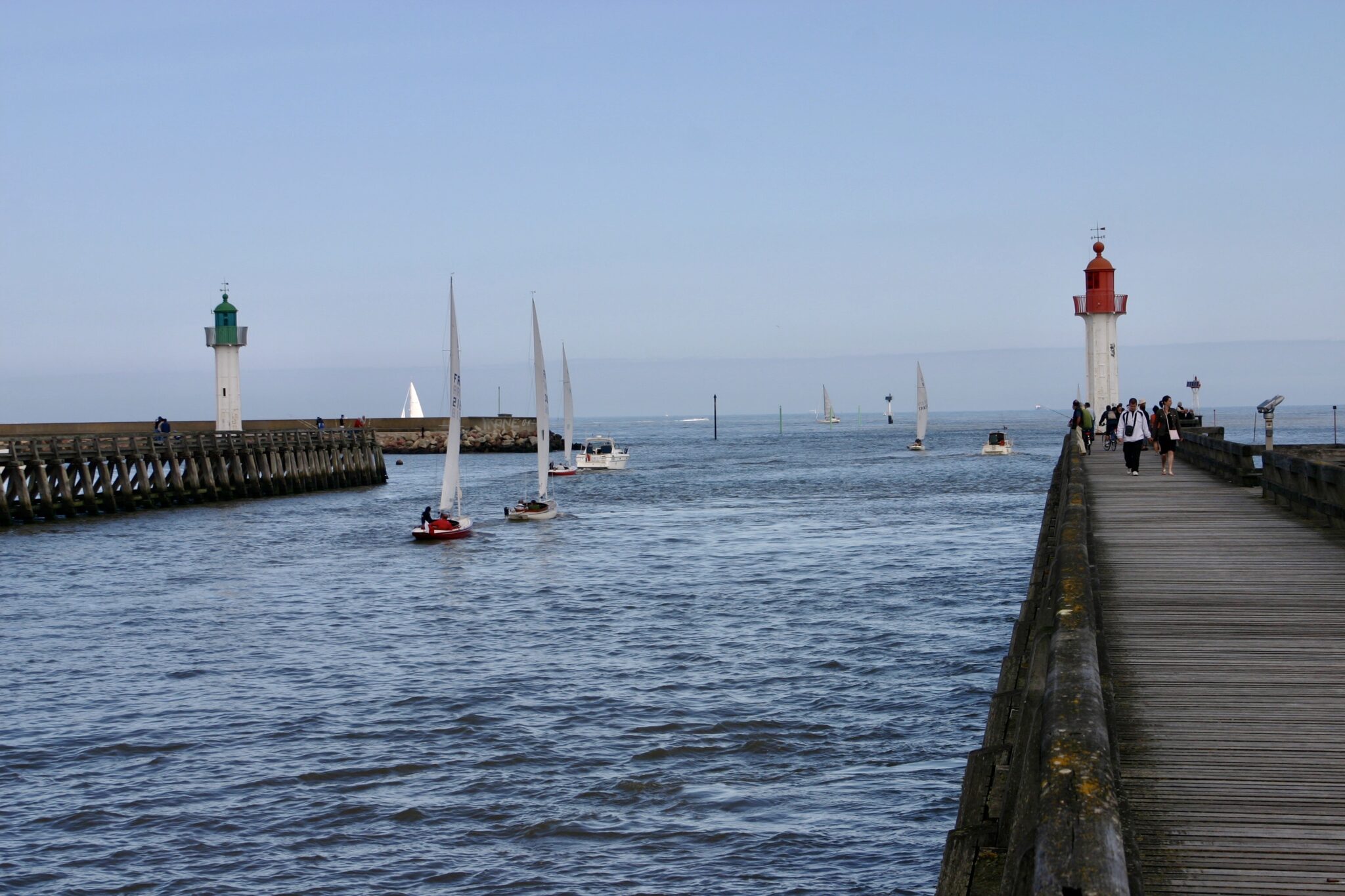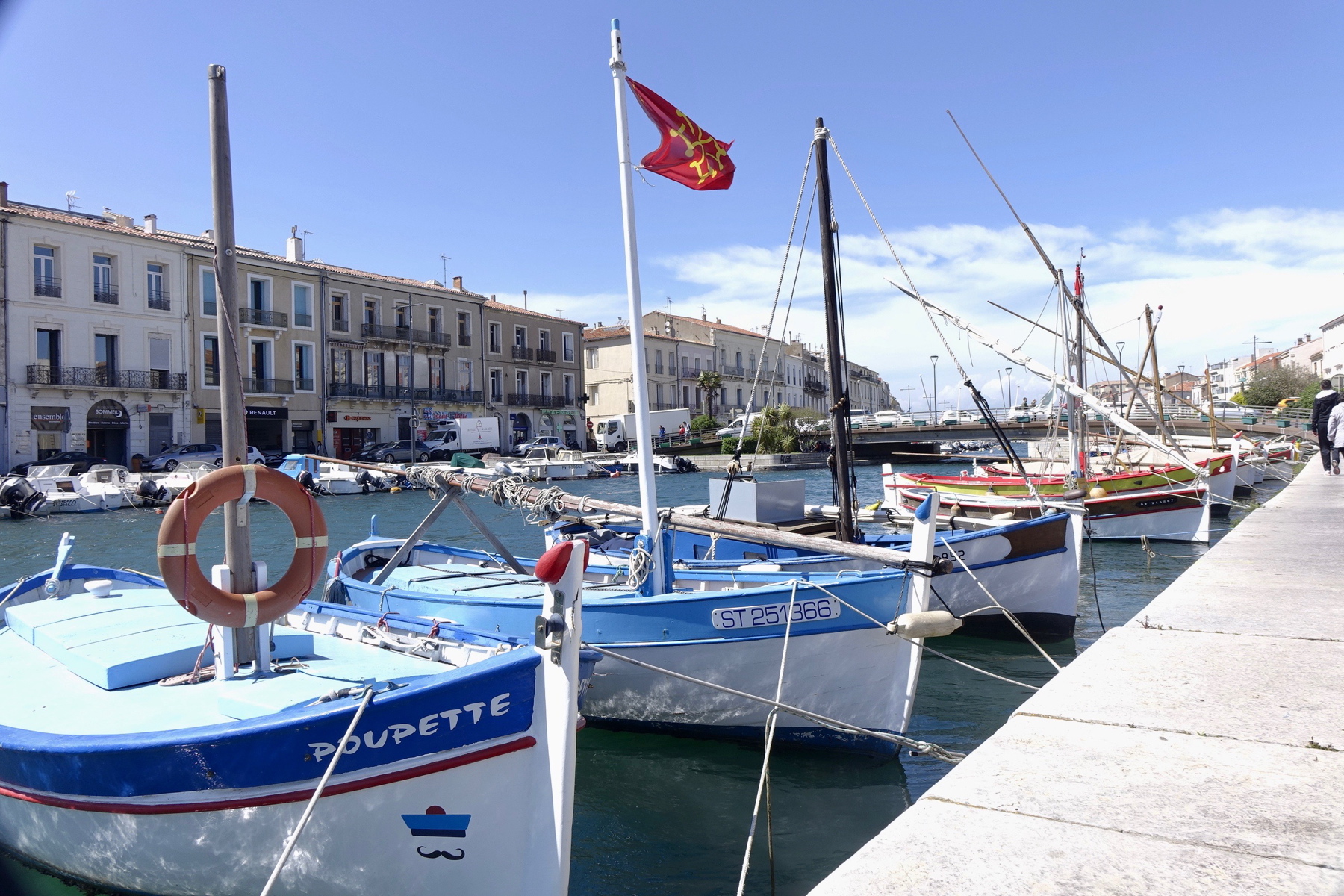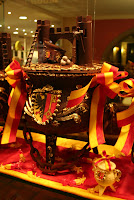Well, that was an interesting voyage. Round trip to nowhere. We left the house before daybreak and ten hours later, returned home in the dark again. We never left the airport, yet felt like we’d travelled for weeks. Since most European countries lack heavy snow removal equipment even a couple, little snowflakes creates huge havoc on the entire continent.
 |
| Lechault’s snowed in at home |
First bad omen: our taxi got stuck at the stoplight at the corner of our street. While our wheels spun on a patch of ice, a Renault Scenic smashed into the back of a Volkswagen Passat at the adjacent stoplight. Fifty yards further, a Mercedes slammed into the stoplight on the overpass knocking out the traffic signals.
In bumper-to-bumper traffic, we crept toward the airport. As soon as we arrived at the check in gate, a voice announced on the public address system, “Due to inclement weather, the Geneva airport will be closed until further notice.”
Ever optimistic, KLM personnel insisted we check our bags and pass controls to wait at the gate, just in case. But as soon as the Geneva airport reopened, the Amsterdam airport closed. We counted as one after the other flights across Europe to London, Paris, Frankfurt, Stockholm, Madrid, and Moscow were cancelled on the departure board. Our flight was rescheduled for noon; fifteen minutest later the red sign popped up, “cancelled.”
Luckily, Geneva is a small airport, so I felt at home in what turned into a mini reunion of the international school. All morning, I chatted with a colleague whose flight to London was delayed. In the afternoon, I caught up with a couple of 12th grade students who were booked on that same ill-fated, KLM flight. We waited for rerouting in a line that crawled forward a foot every fifty minutes. After four hours, we finally reached the rebooking counter, and I offered hopefully. “We could fly to Chicago instead of Minneapolis.”
Fat chance flying anywhere. During the Christmas holidays, flights worldwide were over booked. Forty-five minutes later the airline agent suggested, “Sunday, we have space on a flight to Paris with a stop over in Washington, then Minneapolis.” I collapsed on the counter!
“Pleeeaaasssee, I have health problems, can you recheck for a more direct flight?”
By then, I looked like I rolled under a cement truck, so she searched the computer screen again. A half hour later, she found a Continental flight to Newark then on to Minneapolis.
Last leg, flag down a taxi and head back to our own bed. Passengers across Europe slept the night in the airports. Since snow is a natural phenomenon, the airlines aren’t responsible for providing meals or overnight accommodations. It could be worse. In light of everything else that could go wrong in life, it is ONLY a cancelled flight. And when it snows, it is best to be stranded at home.
After the taxi dropped us in front our snow covered house, I discovered students had left a bag of homemade chocolates and a bottle of wine on my doorstep. There is a God, after all.
Bonne nuit. But will I sleep? Yikes, in 48 hours, I am flying over the Atlantic again!









